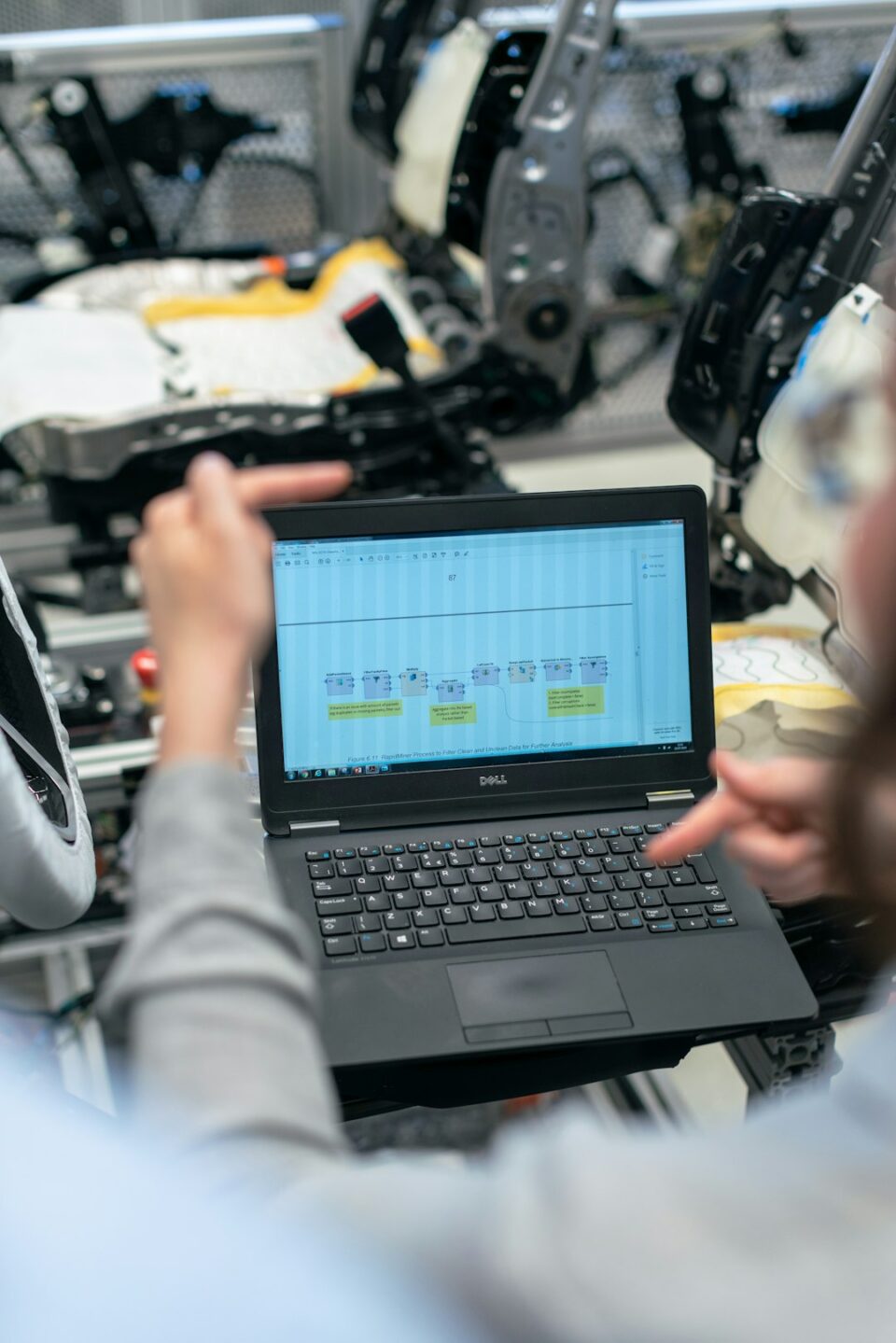Nanotechnology is a field that has progressed rapidly over the past few decades and has revolutionized various industries, including engineering. Engineers have been able to harness the power of nanotechnology to create innovative solutions to complex problems and develop new materials and technologies that were once thought to be impossible. In this blog post, we will discuss some of the recent advancements in nanotechnology that are shaping the future of engineering.
One of the most significant advancements in nanotechnology for engineers is the development of nanomaterials. These materials have unique properties that are not found in bulk materials and can be used to enhance the performance of various engineering applications. For example, carbon nanotubes are incredibly strong and lightweight, making them ideal for applications in aerospace and automotive industries. Researchers have also developed nanomaterials with self-healing properties, which could be used to create more durable and long-lasting products.
In addition to nanomaterials, engineers have also been exploring the use of nanoparticles in a variety of applications. Nanoparticles are tiny particles with dimensions on the nanoscale, typically ranging from 1 to 100 nanometers. These particles can be engineered to have specific physicochemical properties, making them useful for drug delivery, imaging, and sensing applications. For example, researchers have developed nanoparticles that can target cancer cells and deliver chemotherapy drugs directly to the tumor, minimizing side effects on healthy tissues.
Another area of advancement in nanotechnology for engineers is the development of nanoscale sensors and actuators. These devices can detect and respond to changes in their environment at the nanoscale, allowing for more precise control and monitoring of various systems. Nanoscale sensors have been used in a range of applications, from environmental monitoring to medical diagnostics. Engineers have also developed nanoscale actuators that can manipulate objects at the atomic level, which could have implications for nanoscale manufacturing and robotics.
Engineers are also exploring the use of nanotechnology in energy-related applications. Nanomaterials, such as quantum dots and nanowires, have been studied for their potential in solar cells, batteries, and fuel cells. These materials can increase the efficiency of energy conversion and storage devices, leading to more sustainable and cost-effective solutions. Nanotechnology is also being used to enhance the performance of thermoelectric materials, which can convert heat into electricity and vice versa. This technology could have applications in waste heat recovery and energy harvesting.
In the field of electronics, engineers are integrating nanotechnology into the design of semiconductor devices to improve their performance and functionality. Nanoscale transistors and memory devices are being developed to increase the speed and efficiency of electronic devices, while reducing their size and power consumption. Researchers are also exploring the use of nanomaterials in flexible electronics, which could lead to the development of wearable sensors, displays, and other portable devices. Nanotechnology is also being used to create new types of electronic devices, such as memristors and spintronics devices, which have unique properties that could revolutionize computing and data storage.
Nanotechnology is also being applied in the field of civil engineering to improve the durability and sustainability of infrastructure. Engineers are developing self-healing concrete using nanoparticles that can repair cracks and prevent corrosion, extending the lifespan of buildings and bridges. Nanomaterials are also being used to create lighter and stronger construction materials, such as nanocomposites and nanofibers. These materials can improve the structural integrity of buildings and reduce their environmental impact.
In the field of biomedical engineering, nanotechnology is being used to develop new diagnostic and therapeutic tools for healthcare. Engineers are creating nanoscale imaging agents that can detect diseases at an early stage and provide real-time monitoring of treatment. Nanoparticles are also being used to deliver drugs to specific targets in the body, reducing side effects and improving the efficacy of treatment. In addition, nanotechnology is enabling the development of implantable devices, such as nanosensors and drug delivery systems, that can improve patient outcomes and quality of life.
Overall, advancements in nanotechnology are opening up new possibilities for engineers across a wide range of fields. From materials and sensors to energy and electronics, nanotechnology is transforming the way engineers approach design and innovation. As researchers continue to push the boundaries of what is possible at the nanoscale, we can expect to see even more groundbreaking advancements that will shape the future of engineering. By harnessing the power of nanotechnology, engineers are driving progress and pushing the limits of technology to create a better and more sustainable world.

